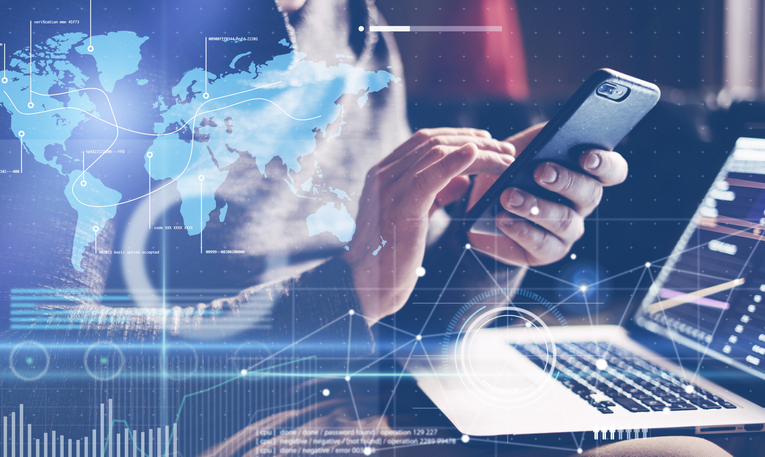Businesses should be paying attention to these cybersecurity trends in 2020 to protect infrastructure, the safety of their organization and their customers.
The role that cybersecurity plays in 2020 will be more important than ever.
As more infrastructure is coming online and being vulnerable to digital attacks, data breaches are becoming more frequent and there is an increasing awareness of state-sanctioned cyberattacks. Cybersecurity is undoubtedly a growing matter of concern for every business.

The Role of Artificial Intelligence (AI)
Anyone can get involved in AI so it can be developed and researched as a means of crippling an enemy’s defense. It is also deployable by terrorist organizations and criminal gangs. AI can learn to spot behavior that signals an attempted attack and it can also learn how to adapt in order to disguise that behavior. As such, it can trick its way around defenses and is being weaponized by cybercriminals. The development of defensive and offensive capabilities is a current theme as the systems become more complex and easier to deploy. Everything from spam emails to trick users into revealing personal details to attacks designed to disable important infrastructure will grow in sophistication and frequency. The tech that is available to help with this is getting better too but it’s still important to pay attention to these threats.
Ransomware and Phishing Rising to Critical Levels
Ransomware took hold of the industry last year. Now, organized cybergangs will shift focus from leveraging big banking Trojans and instead focus on smaller attacks. The reason for this is it’s easier to launder and requires less sharing of the profits with street gangs that typically launder the bank fraud proceeds. Phishing attacks are also on the rise and are an effective method of stealing identities and credentials.
More Mobile Attacks
Mobile will now be the primary phishing vector for credential attacks this year. As more employees rely on mobile devices, this becomes even more important. Traditional email gateways tend to block potential phishing emails and malicious URLs and protect corporate emails, but these traditional systems neglect mobile attacks, including social networking, personal email, and other mobile-centric messaging platforms.
Focus on Security
As the development of software increases, the need to fight off security threats also increases. Code inspections need to start from the app inception to production. Organizations should start to build security into each phase of the development pipeline and while this is currently happening, expect to see ore of this in 2020. Cybersecurity is not just a luxury but a necessity. Information security training is also becoming more common for all staff in order to secure all levels of the organization.
Cloud Security Issues
As a business grows, data is being moved more to the cloud. In order to protect this information, companies require new approaches to security. Cloud-based threats will continue to grow and organizations may struggle to maintain control of critical data. Improperly configured or secured data then increases the risk of major data breaches, no matter how big or small the organization. Manual security management isn’t a feasible option for large web application infrastructures.
Data Breaches Continue to Be a Top Threat
Data breaches are still one of the biggest cybersecurity concerns and this is going to continue since personal data is still valuable on the black market. Ensuring data privacy is going to be top of the mind for organizations, also due to stringent private legislations. Organizations are also more aware of the negative consequences that a data breach can have on their reputation.
Security Concerns for IoT Devices
With the rush to deliver new technology, the Internet of Things has a lot of security blunders. Insecure wirelesses communication, unencrypted personal data, and hardcoded credentials are just some of these problems. Compromised IoT devices can give access to data and communications and serve as a point of entry for future attacks. Home automation and other wearables can be used to steal personal information and data that criminals want.
Cybersecurity Skills Gap Is Growing
As the number of unfilled cybersecurity jobs increases, the deficit of skills can become a matter of concern during this part of the decade. However, there are modern products that can allow a small team to secure web applications and websites and provide a technological solution, despite any recruitment problems.
If you are concern about your organization’s security in 2020, schedule a complimentary consultation with an HRCT technology professional today.



